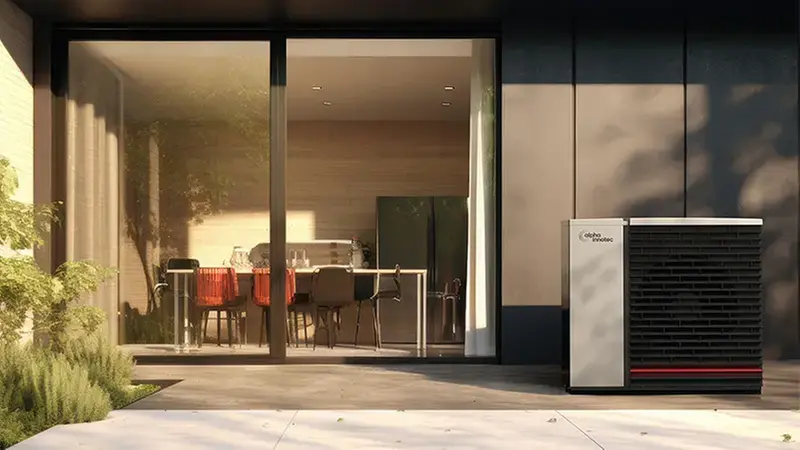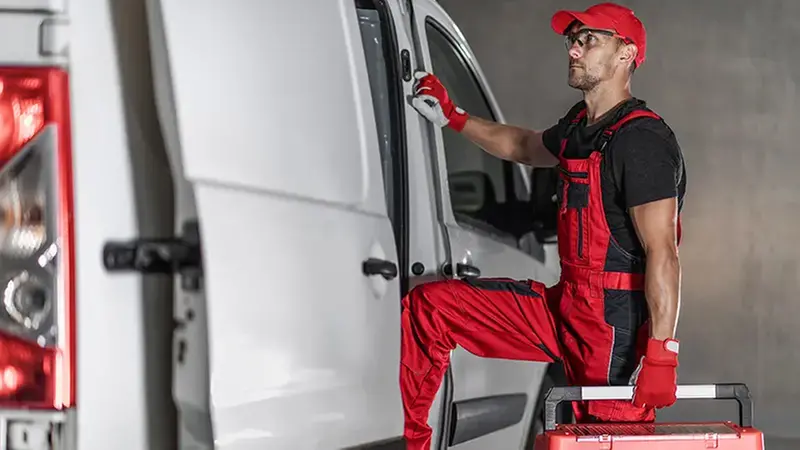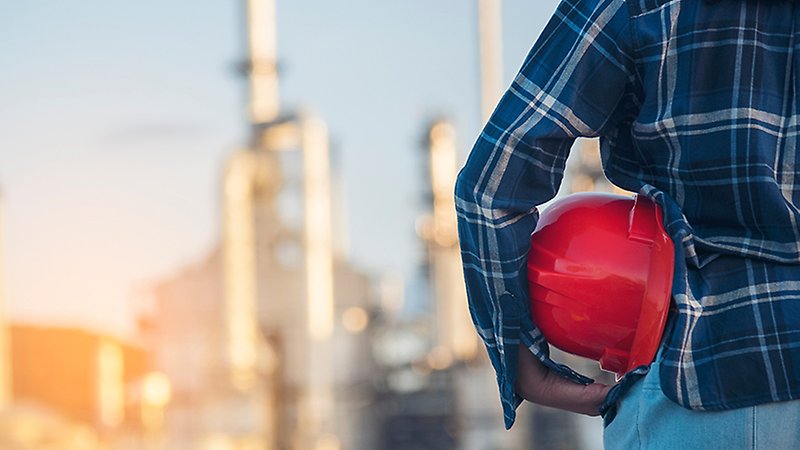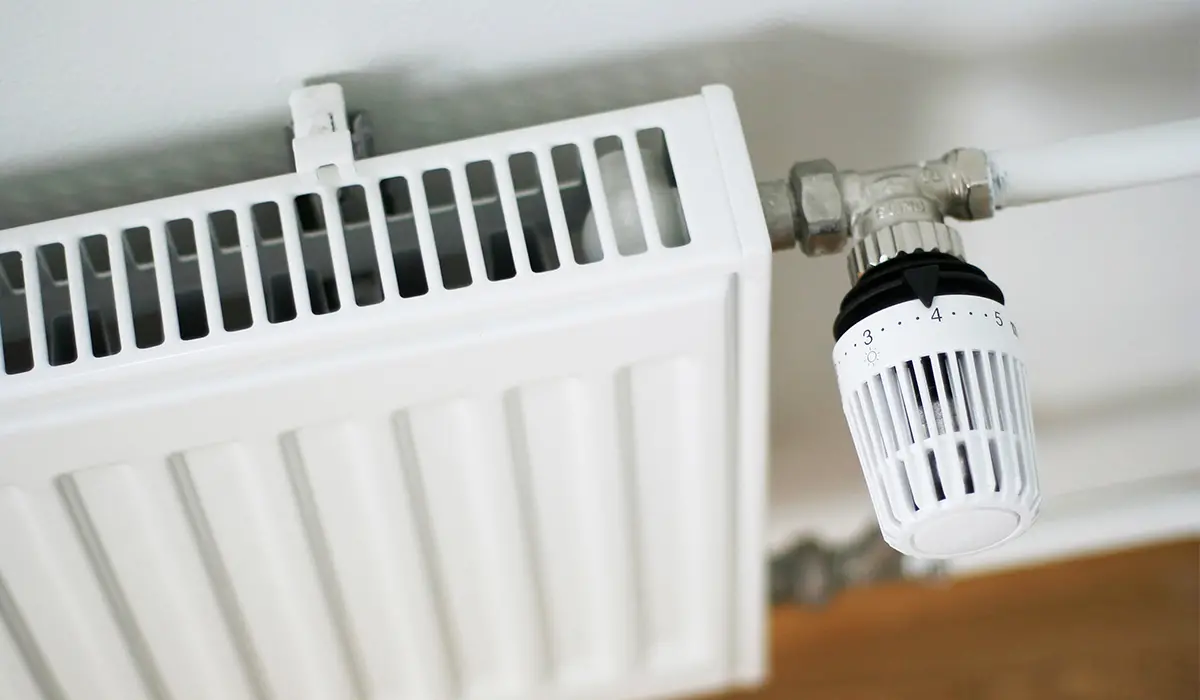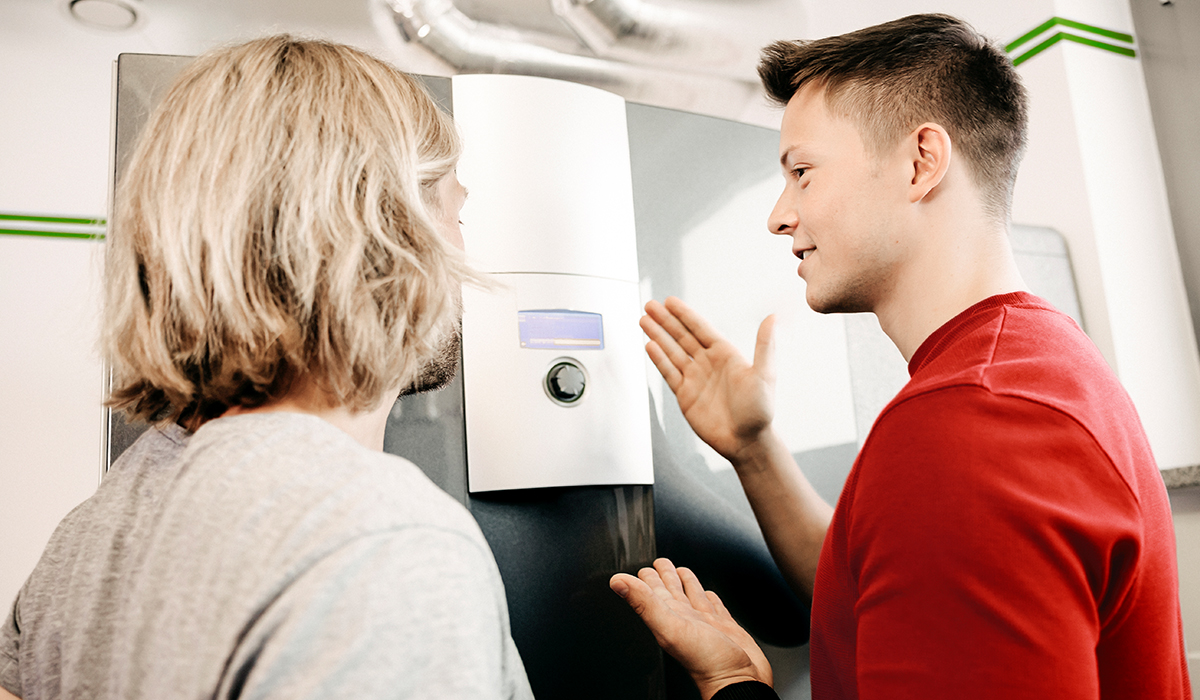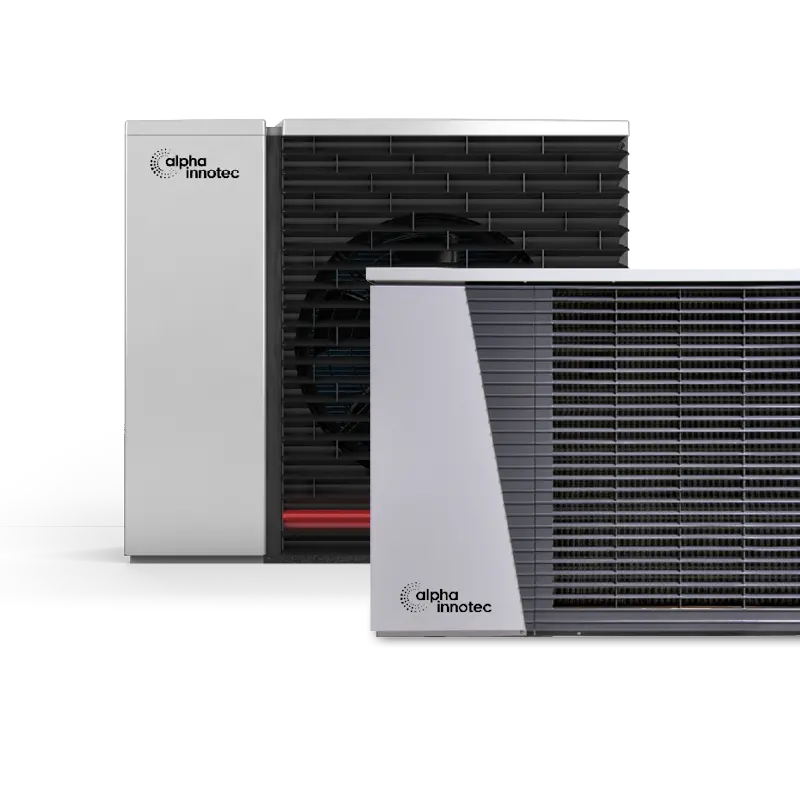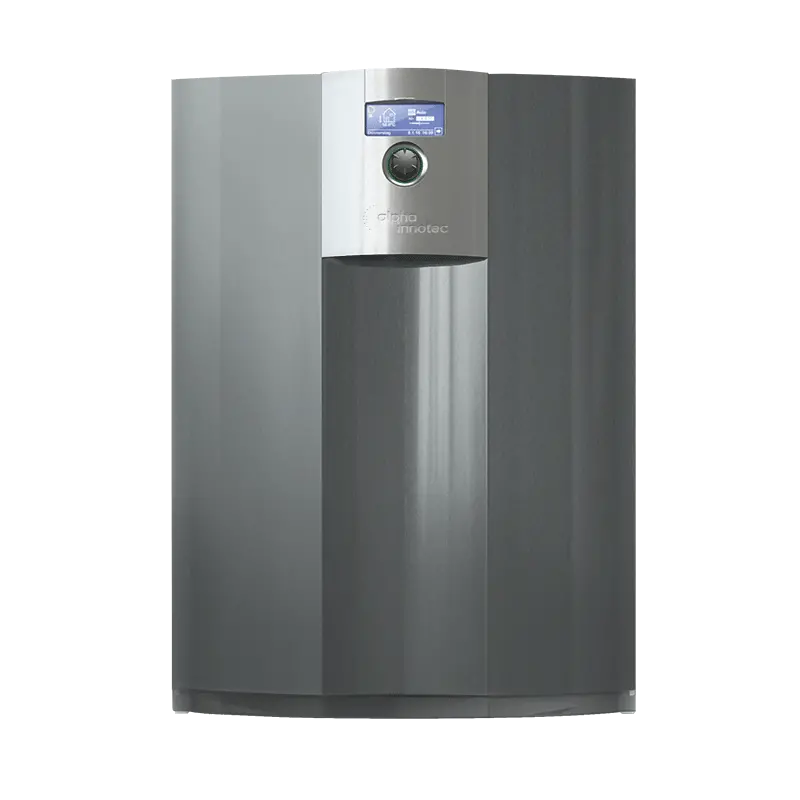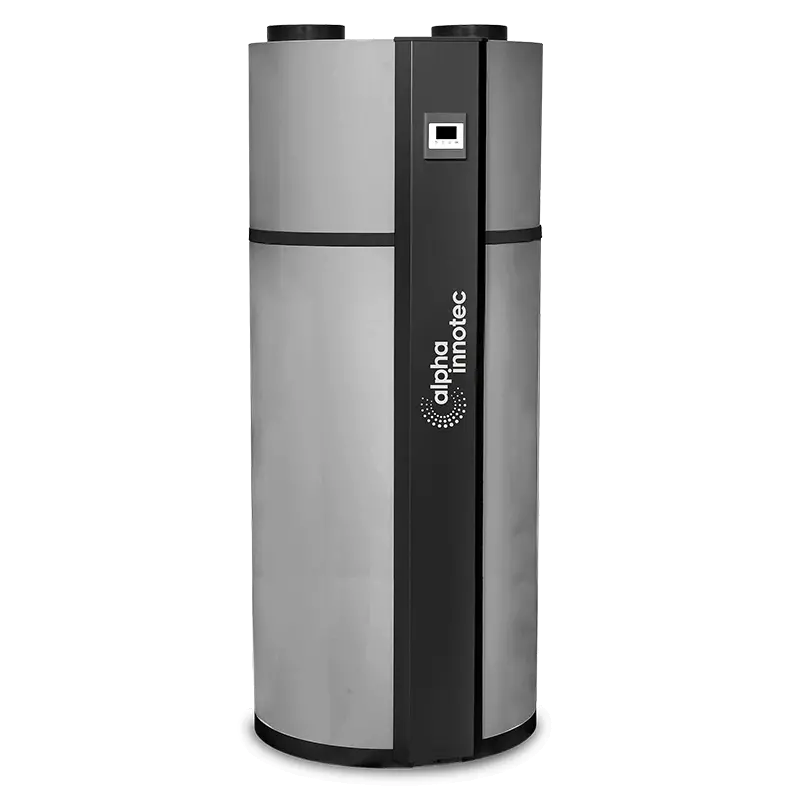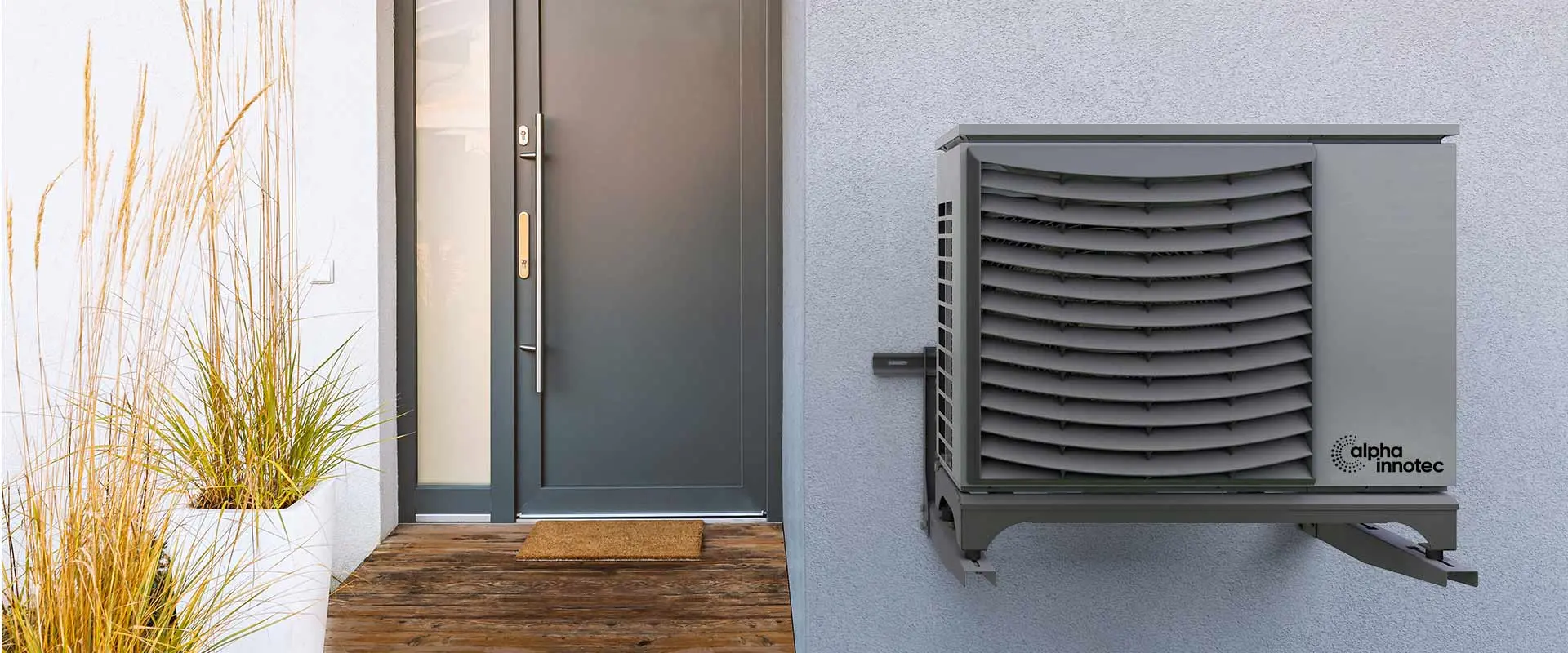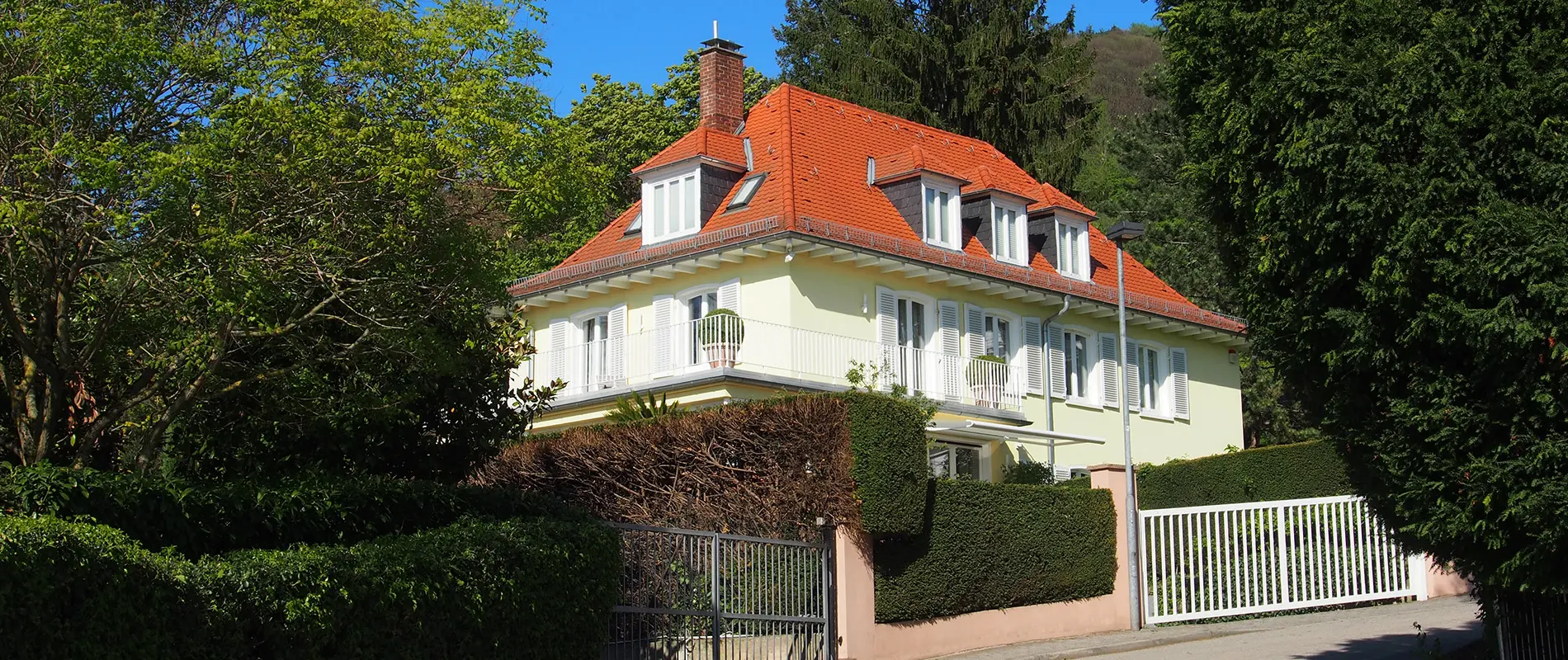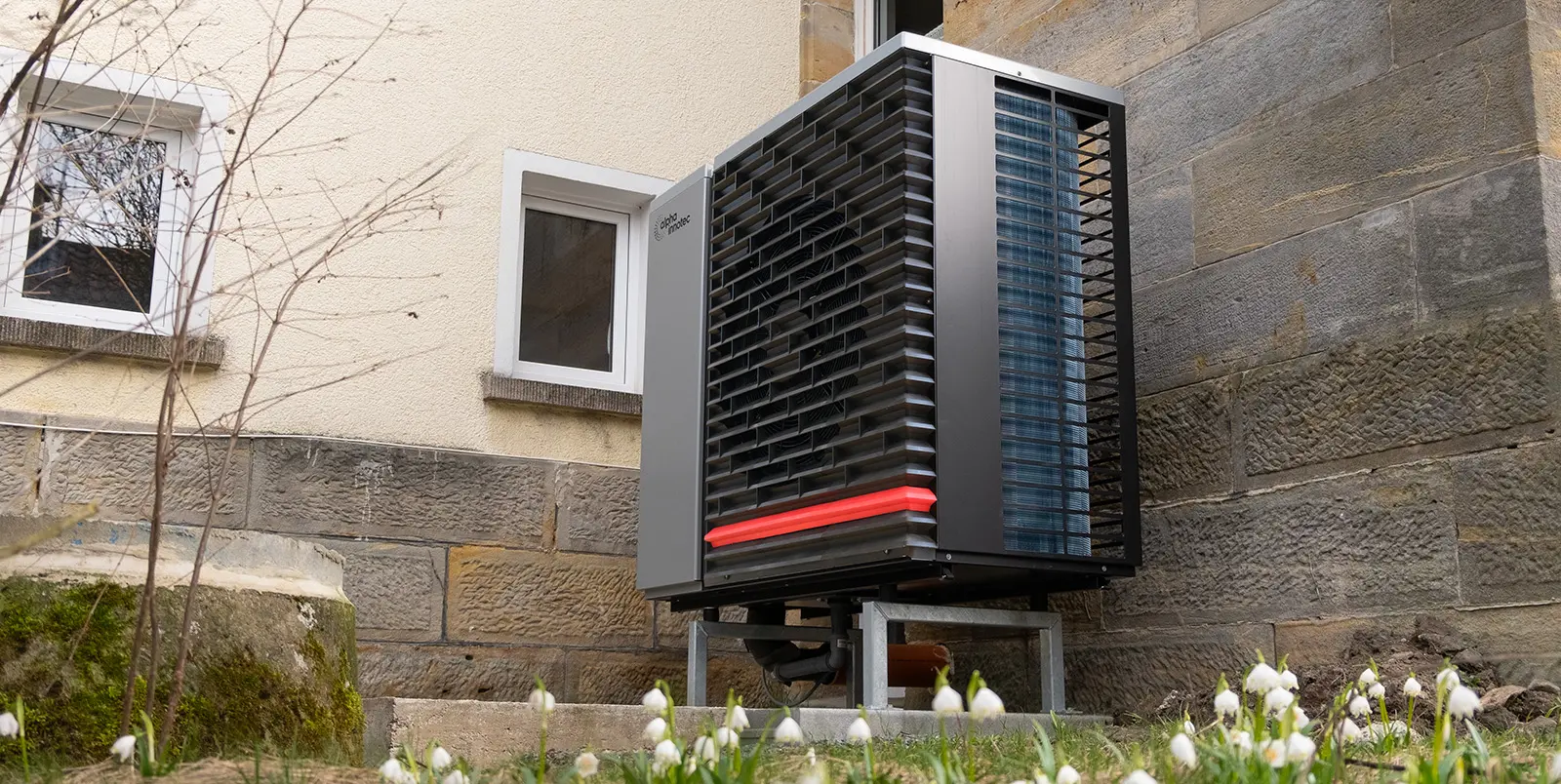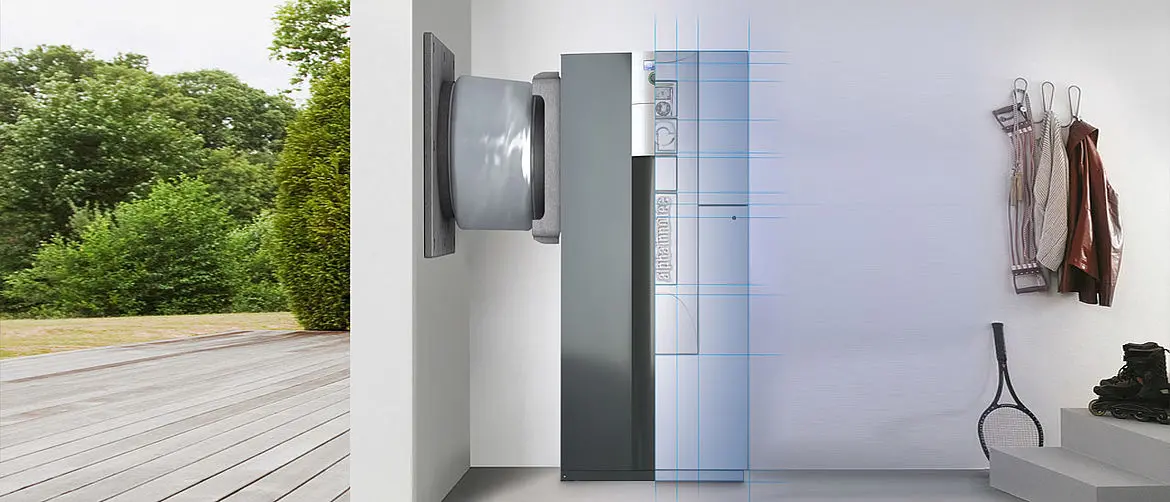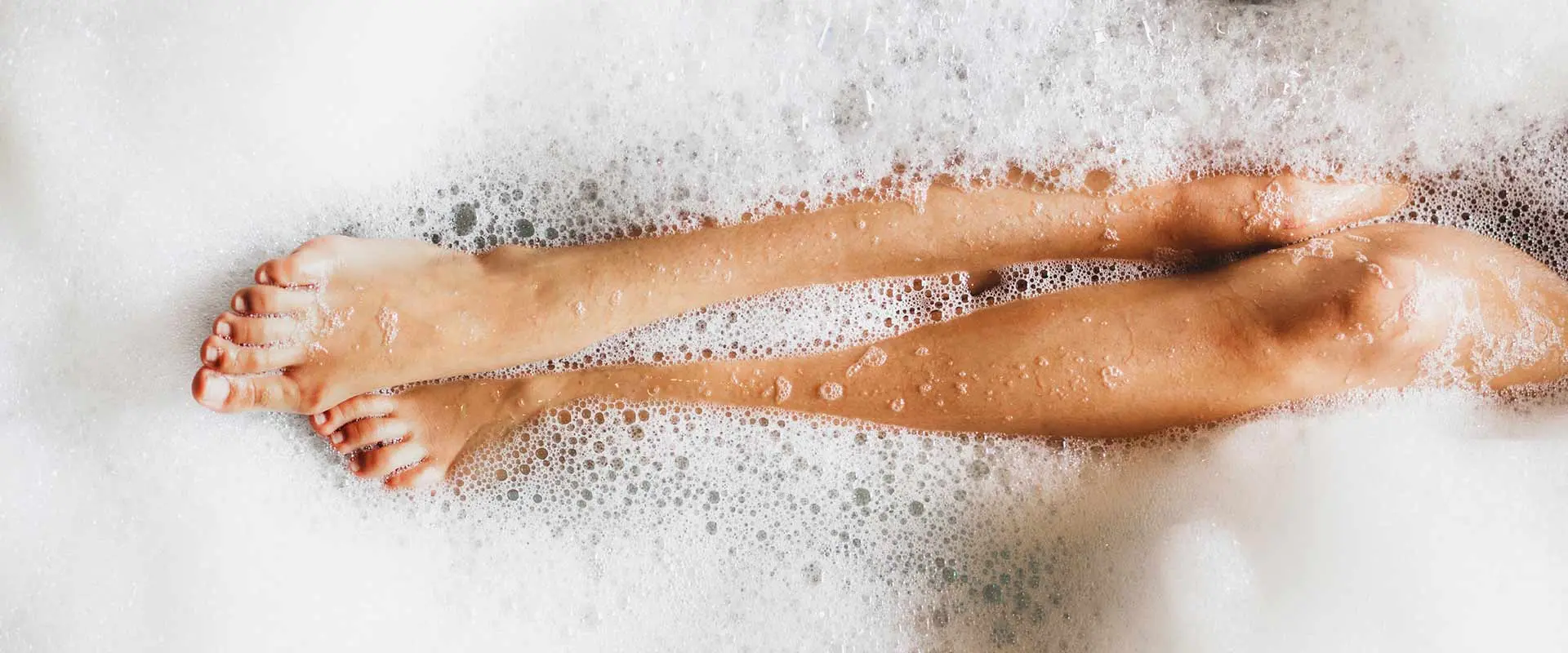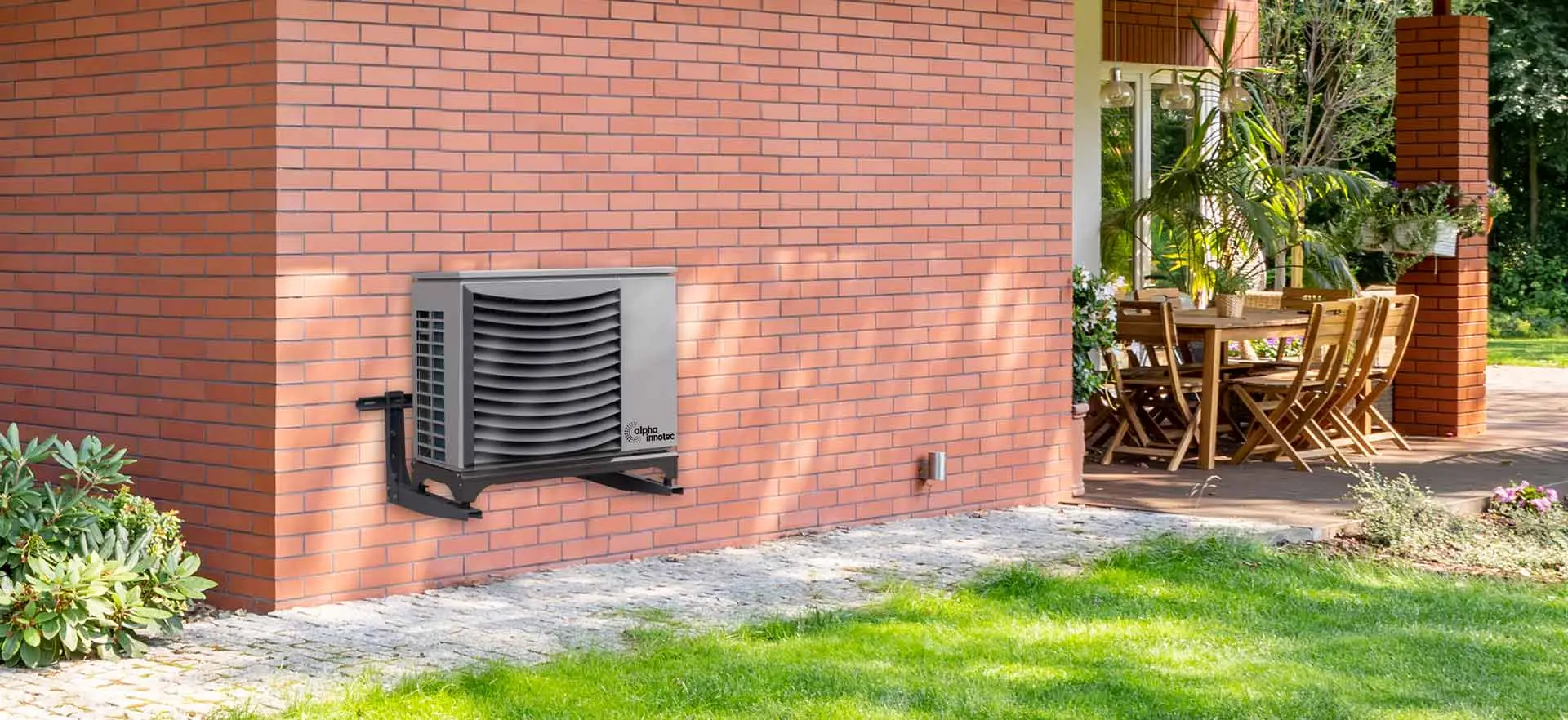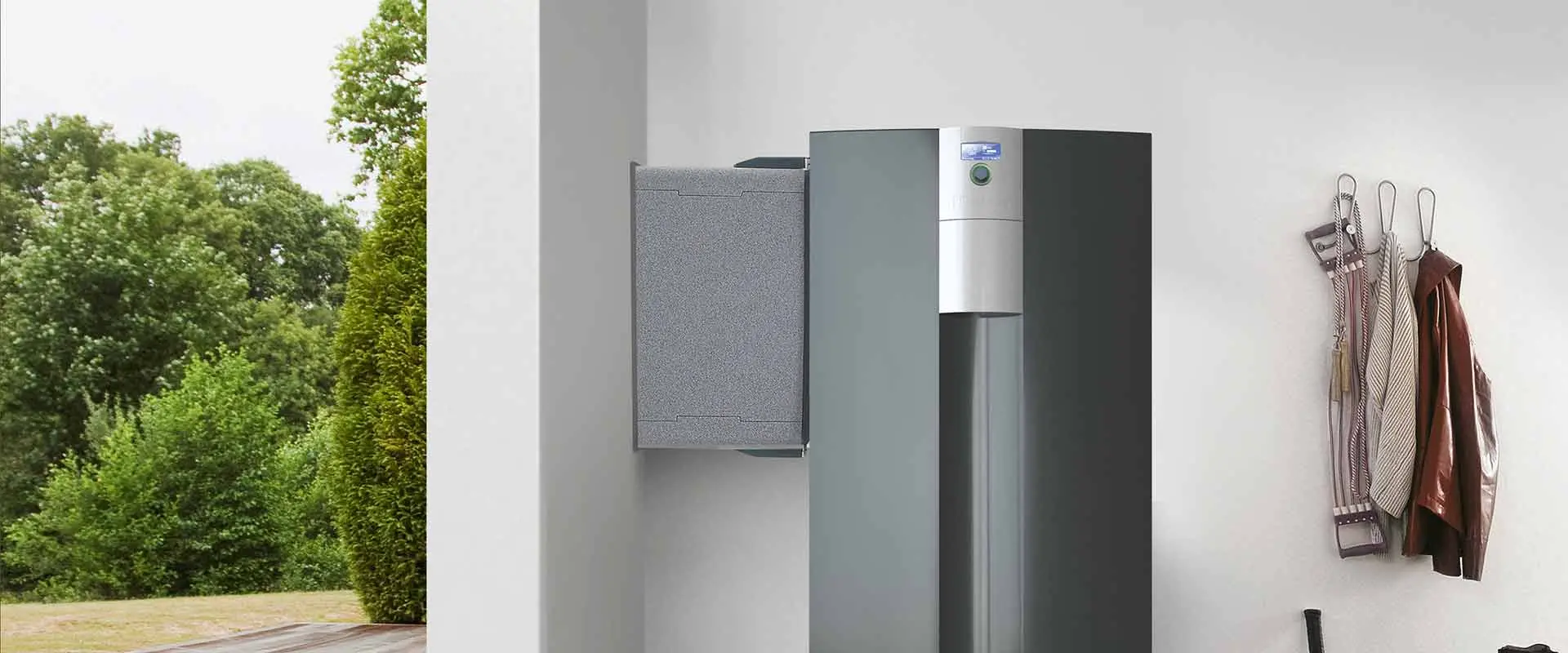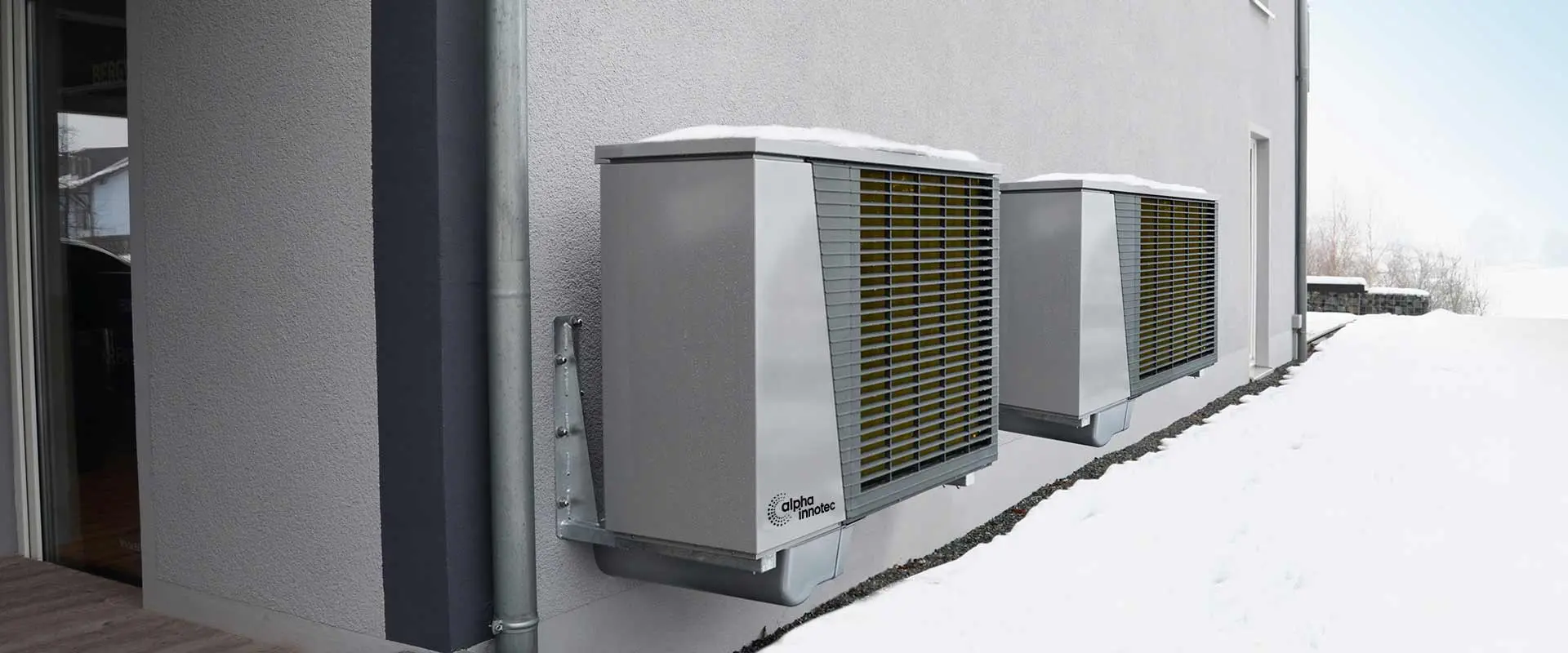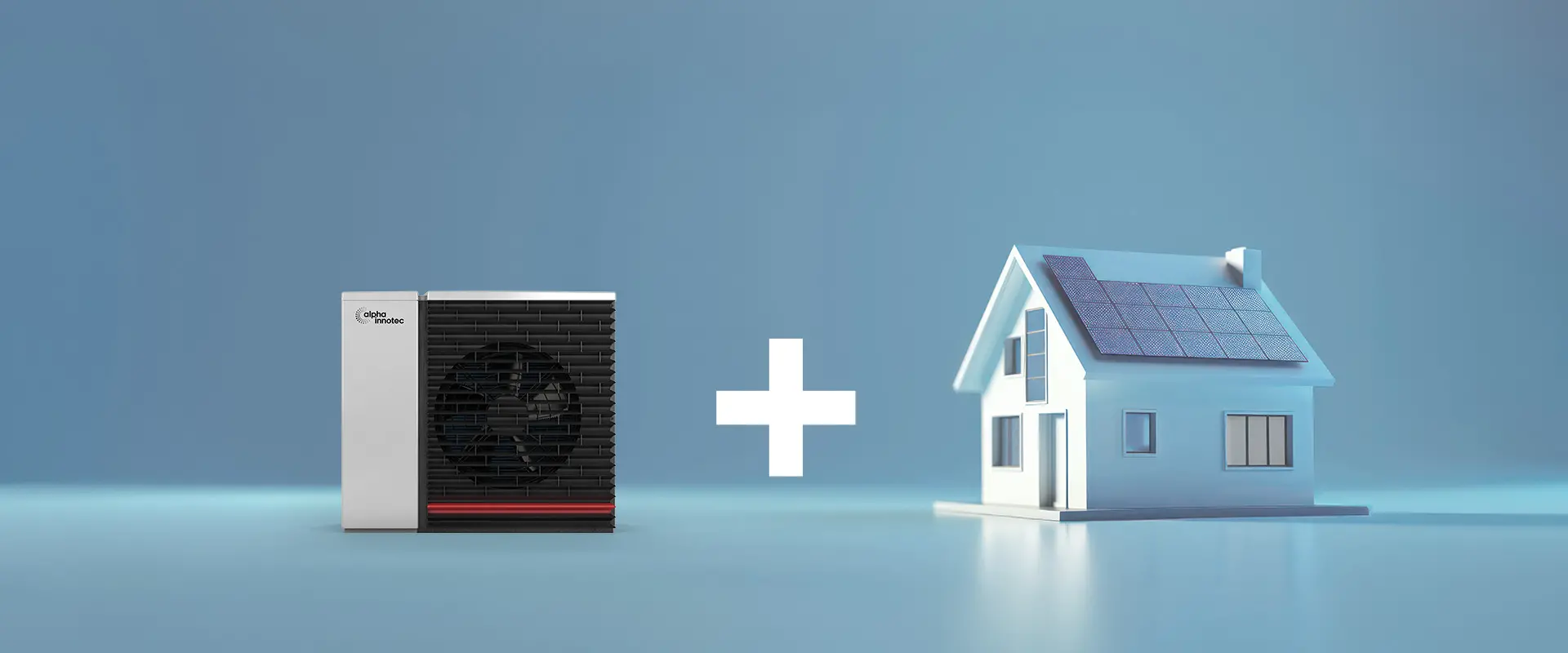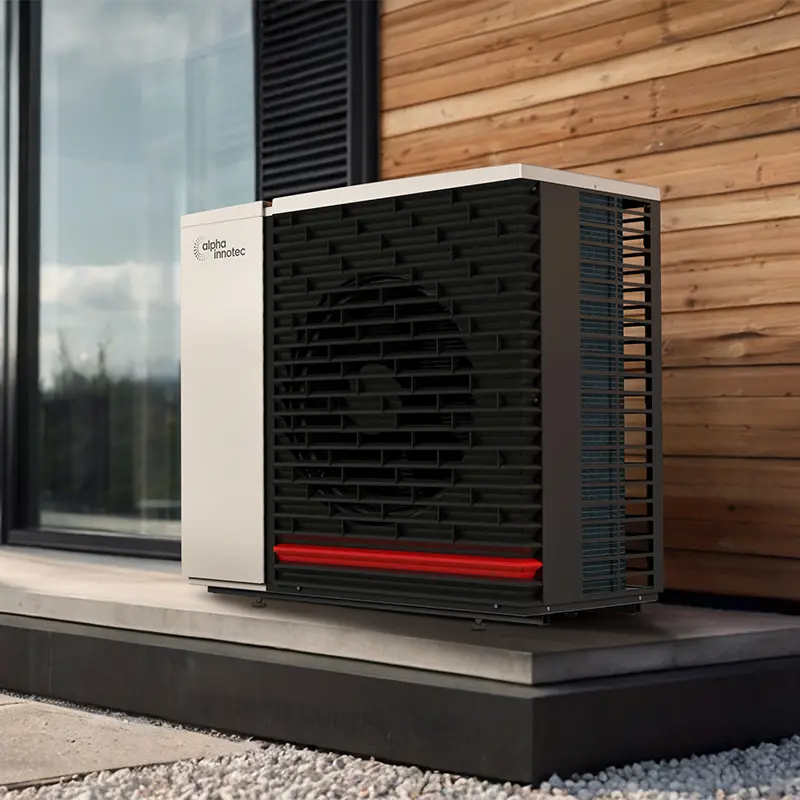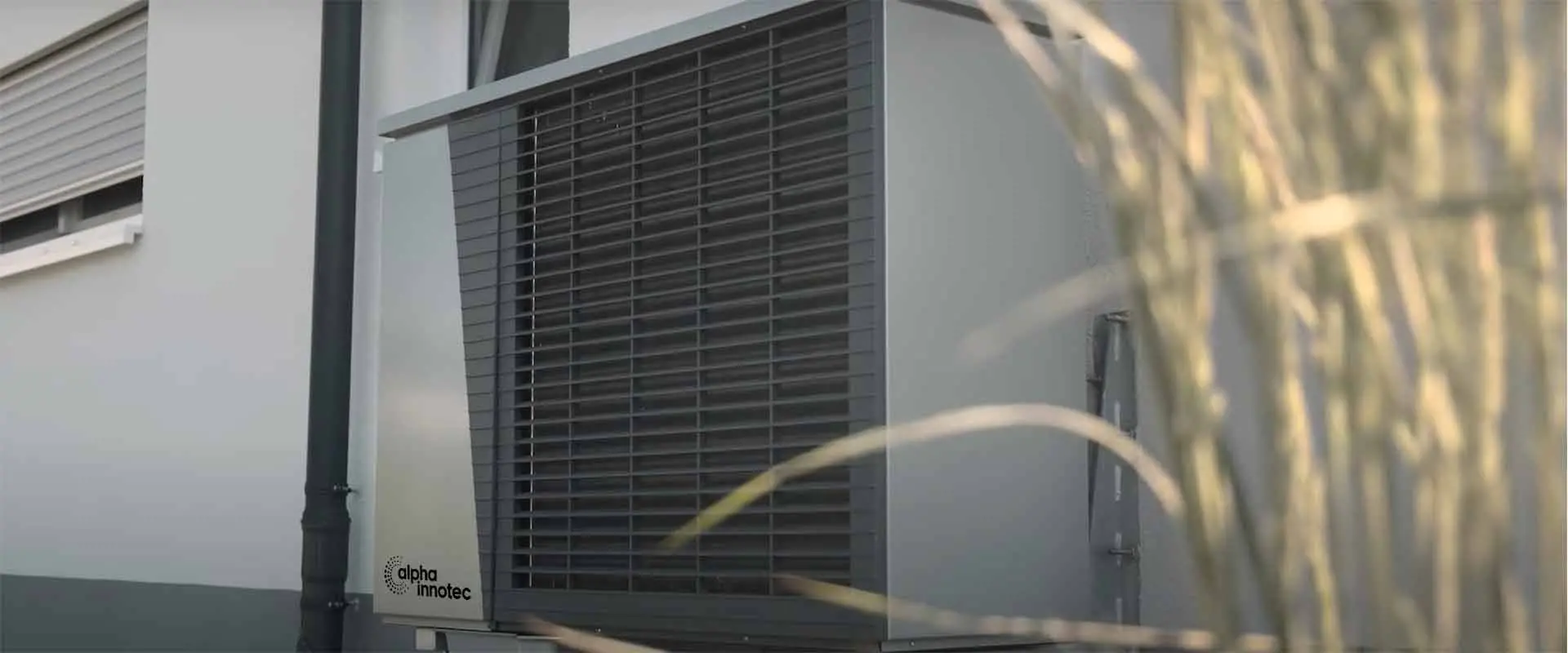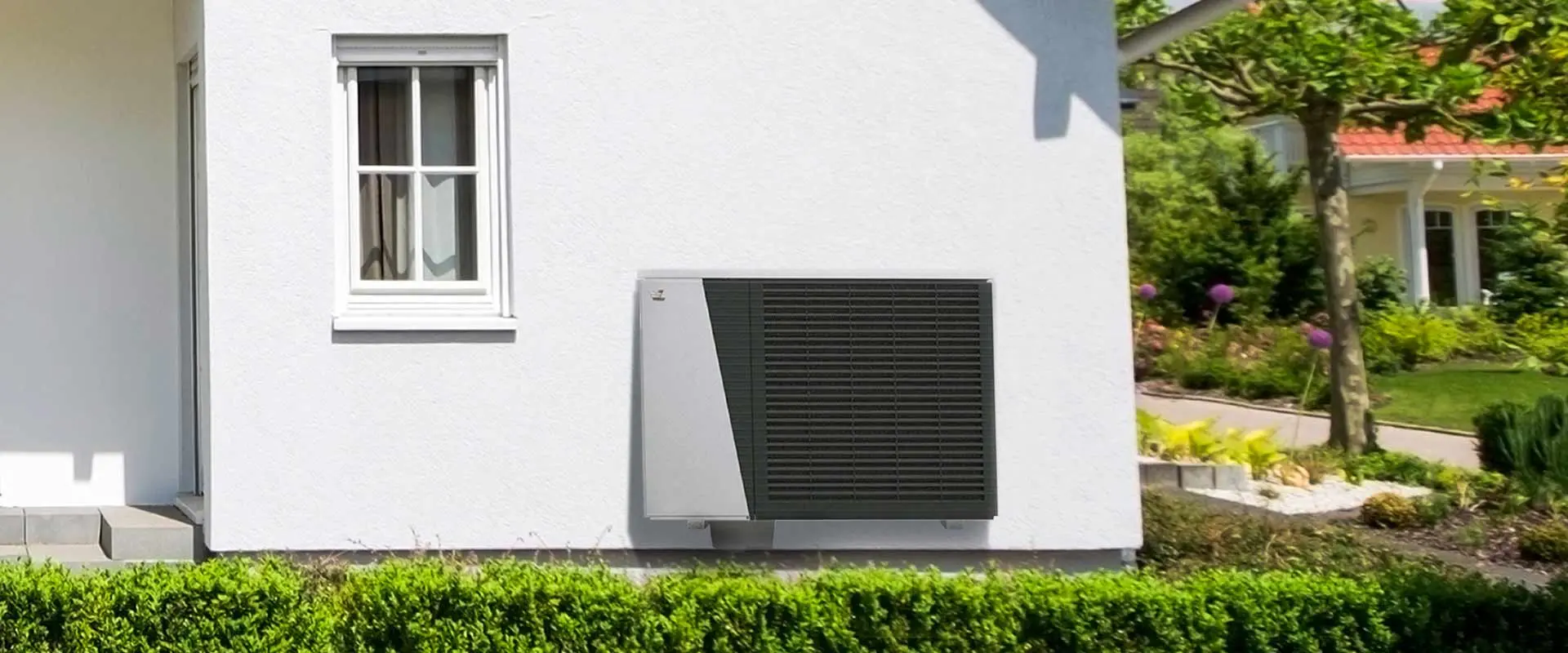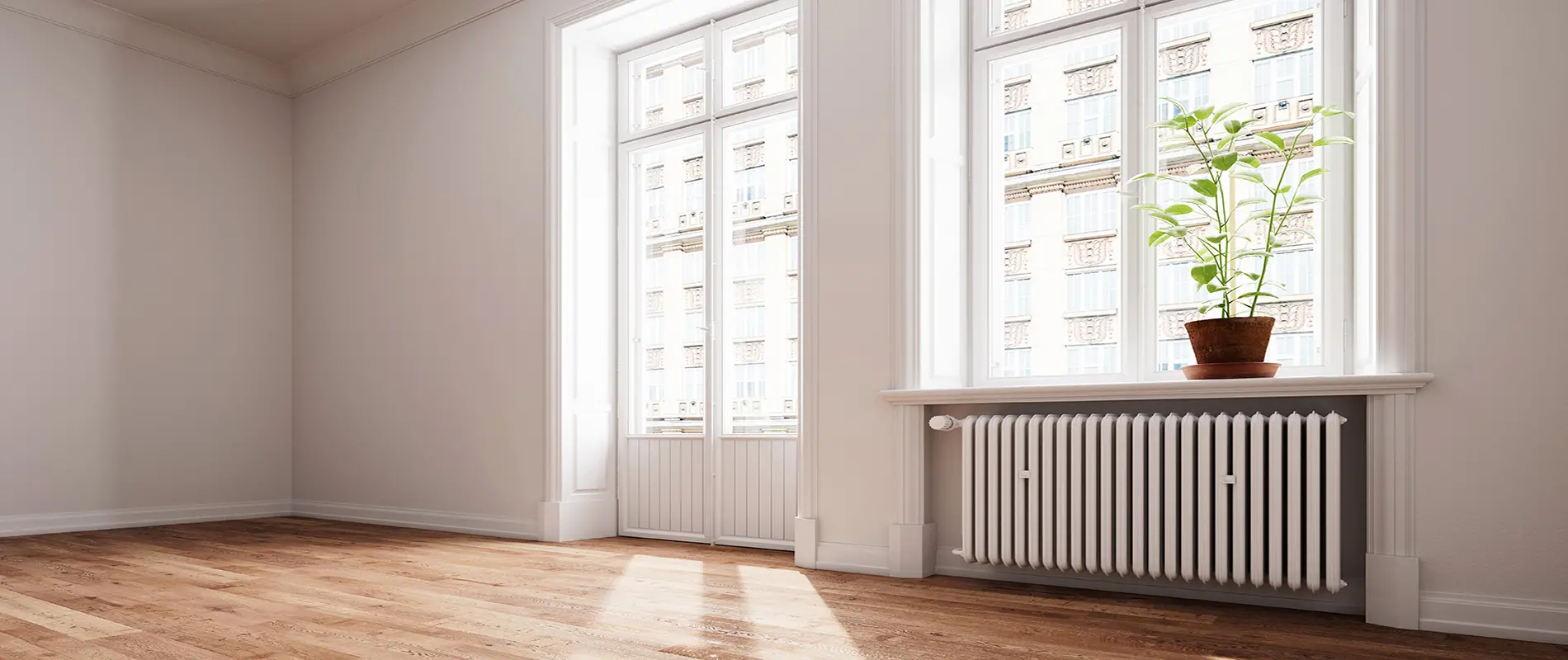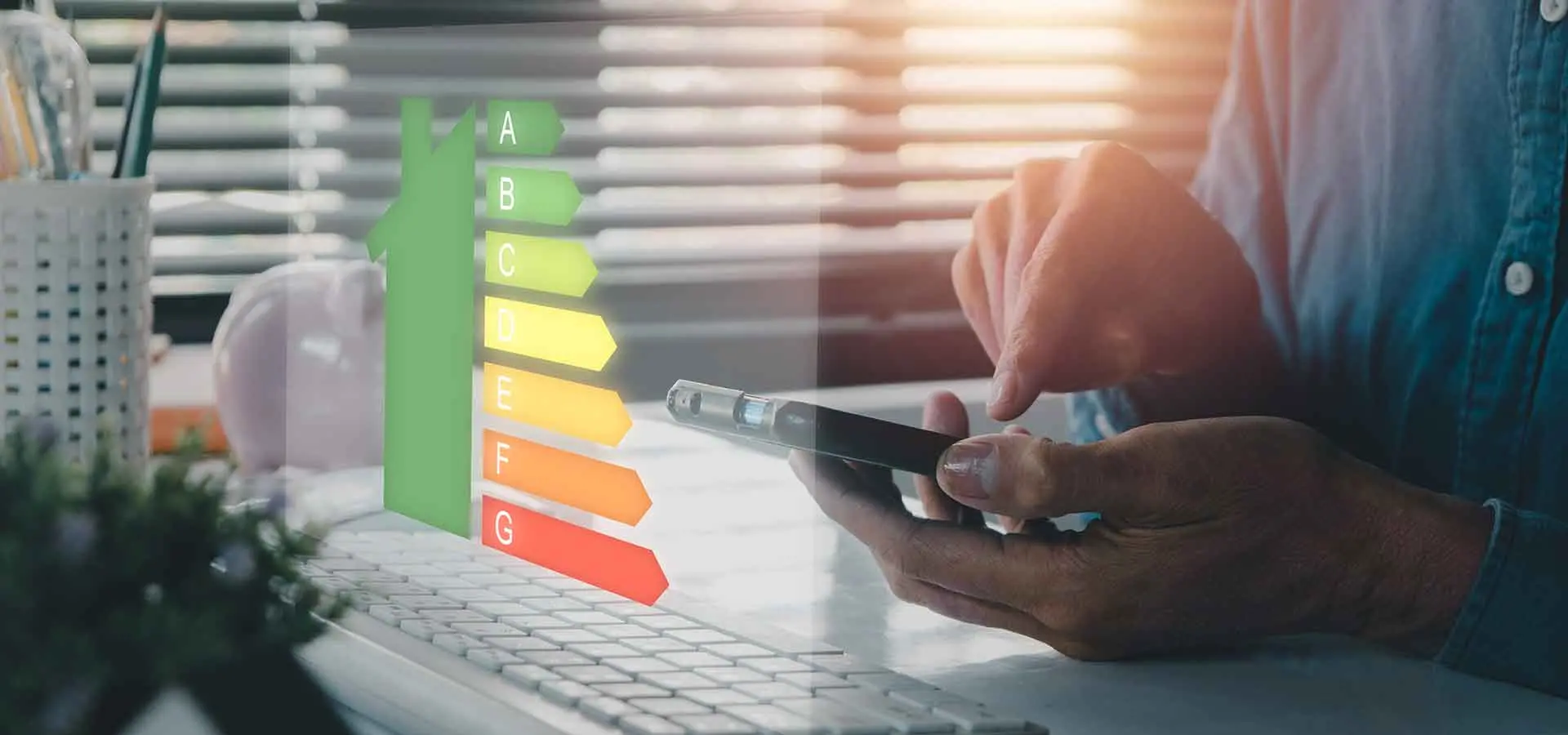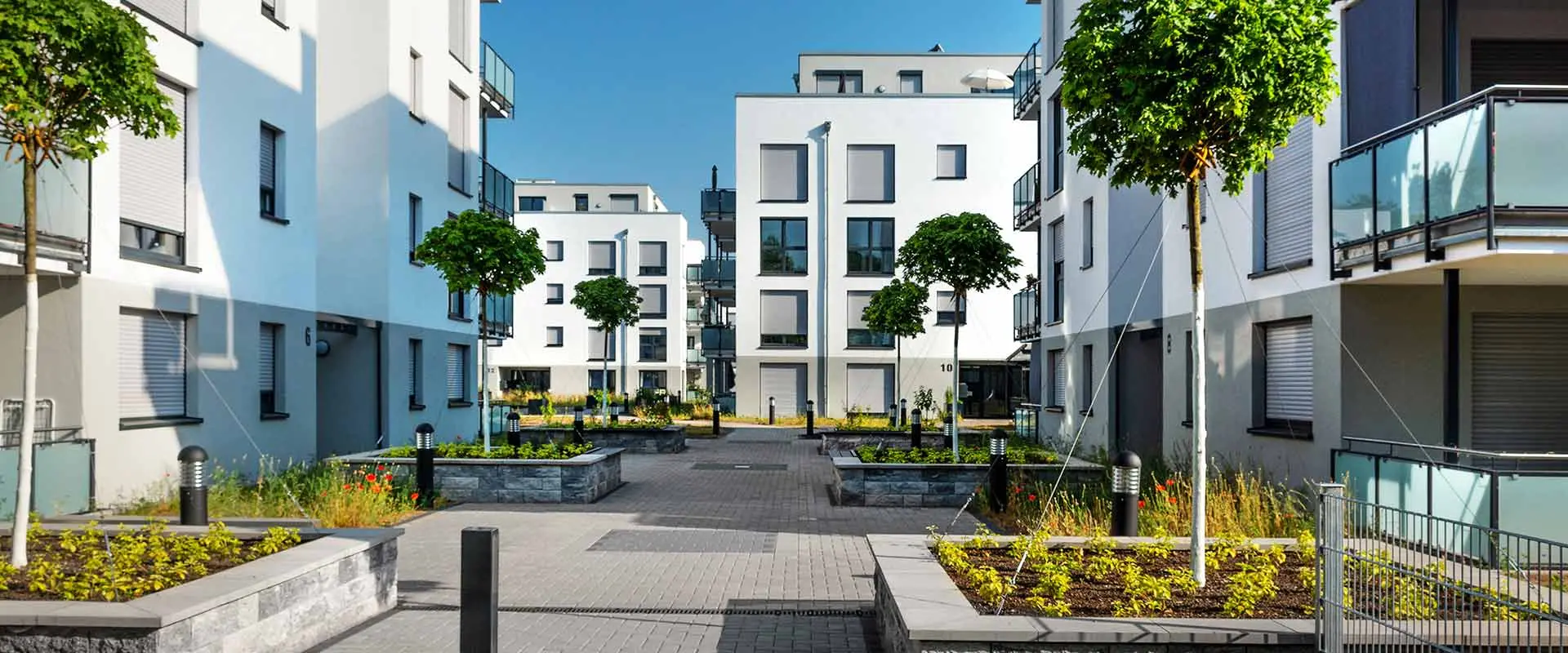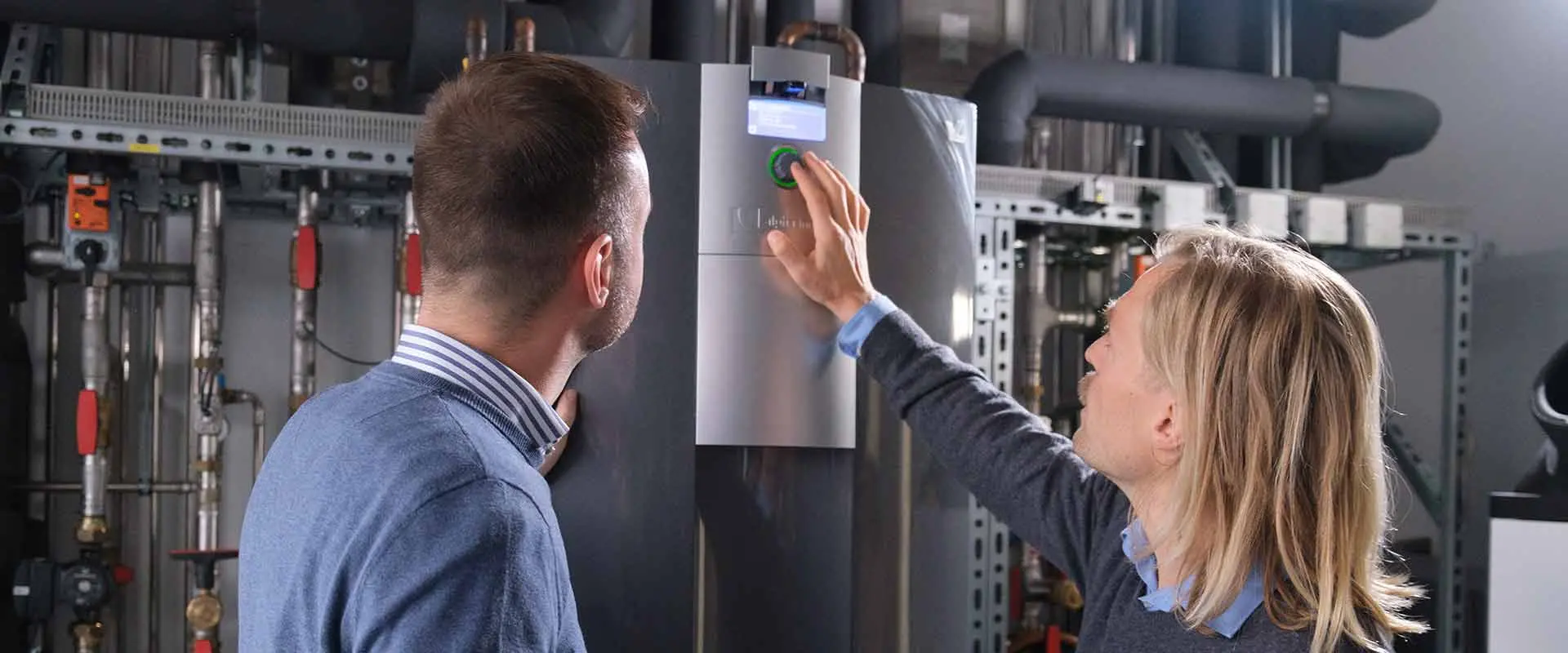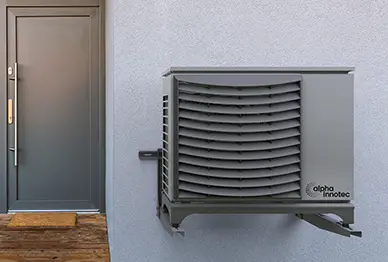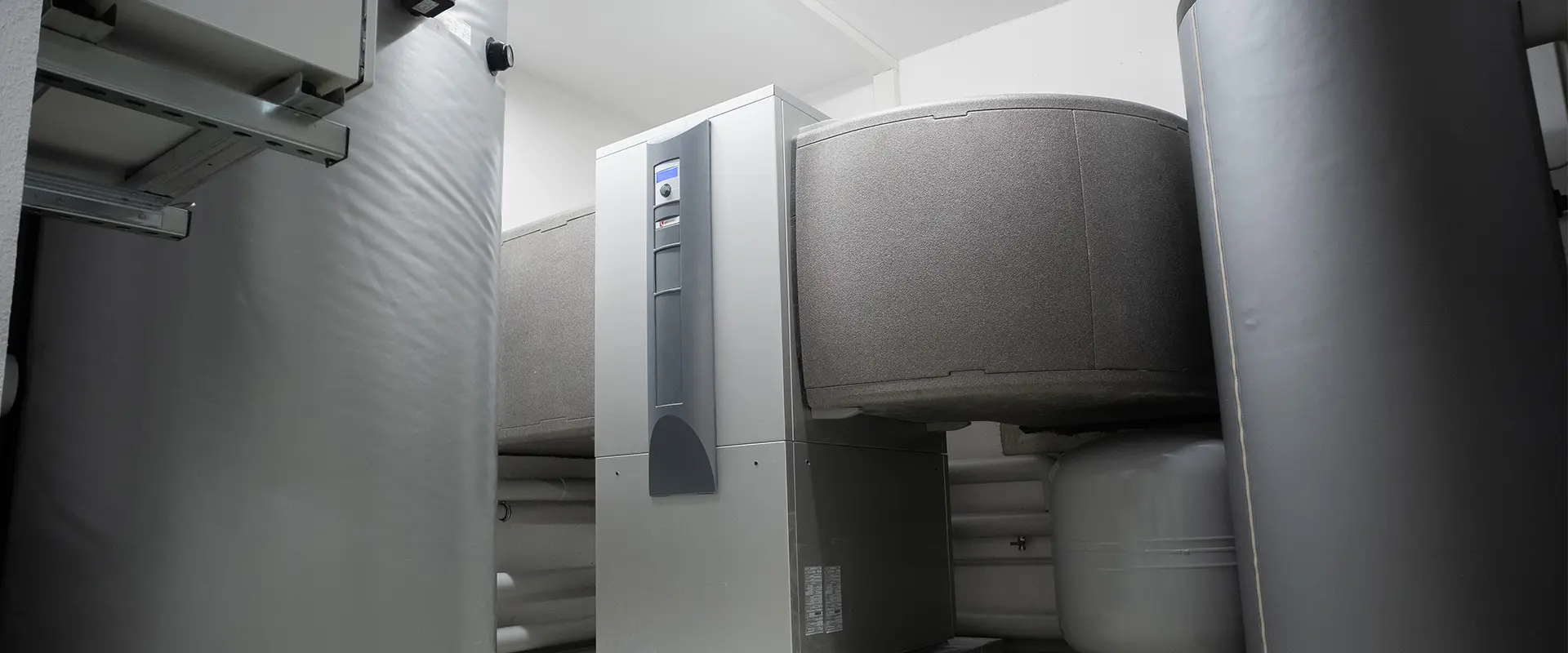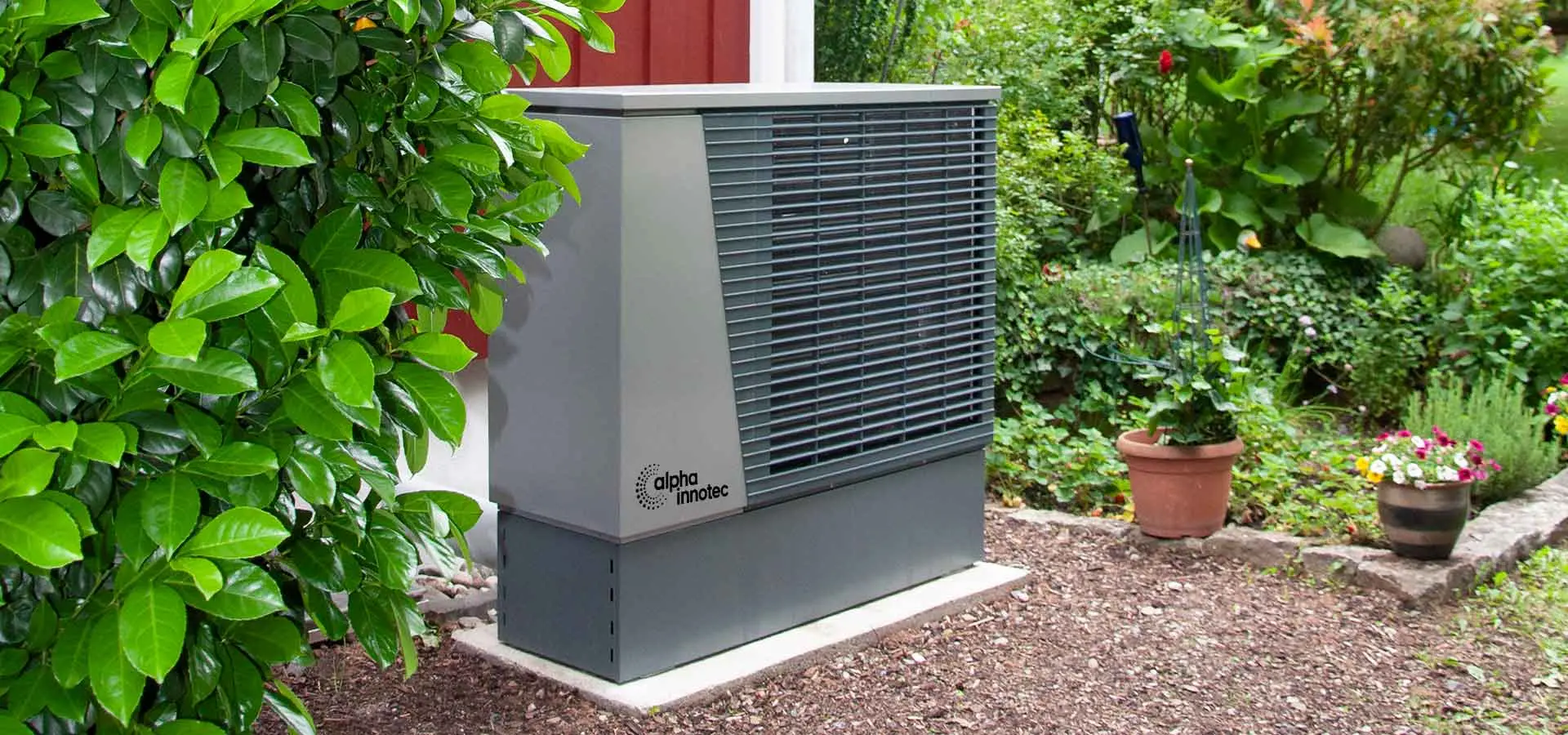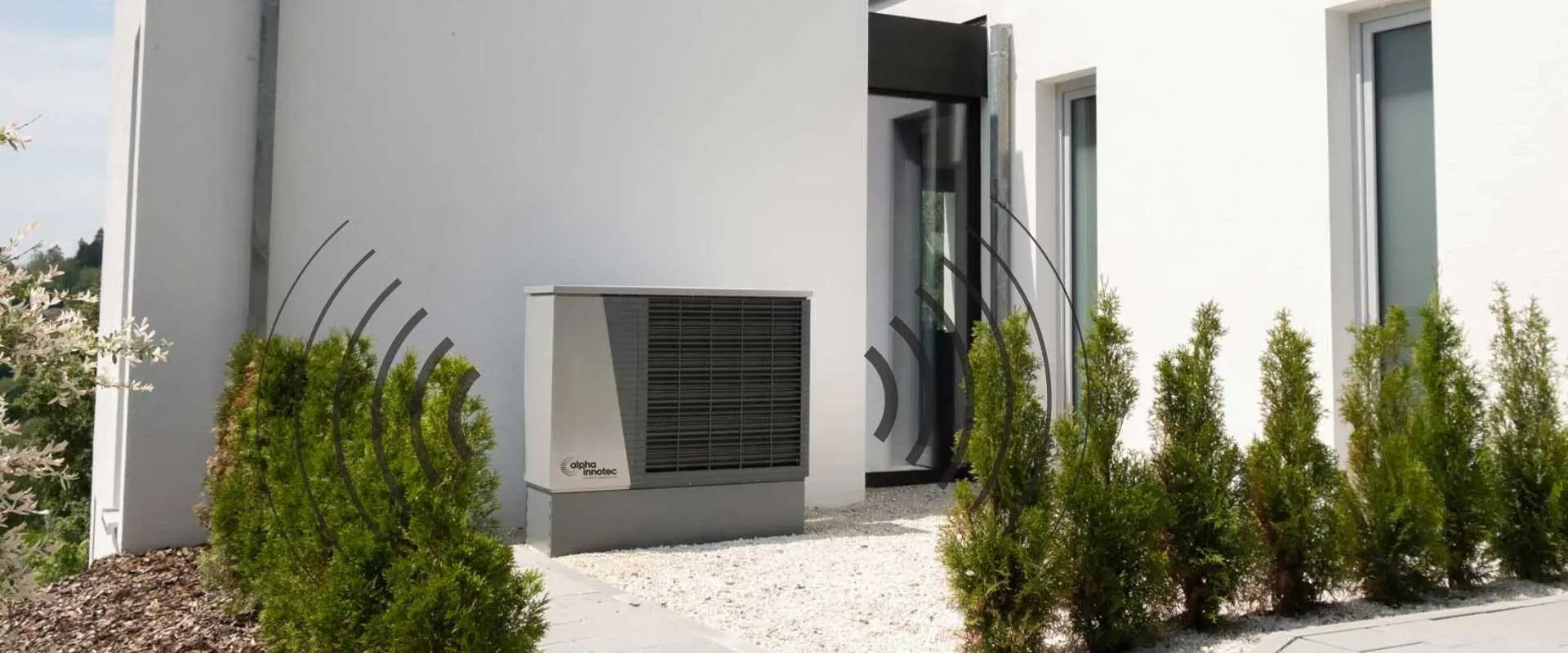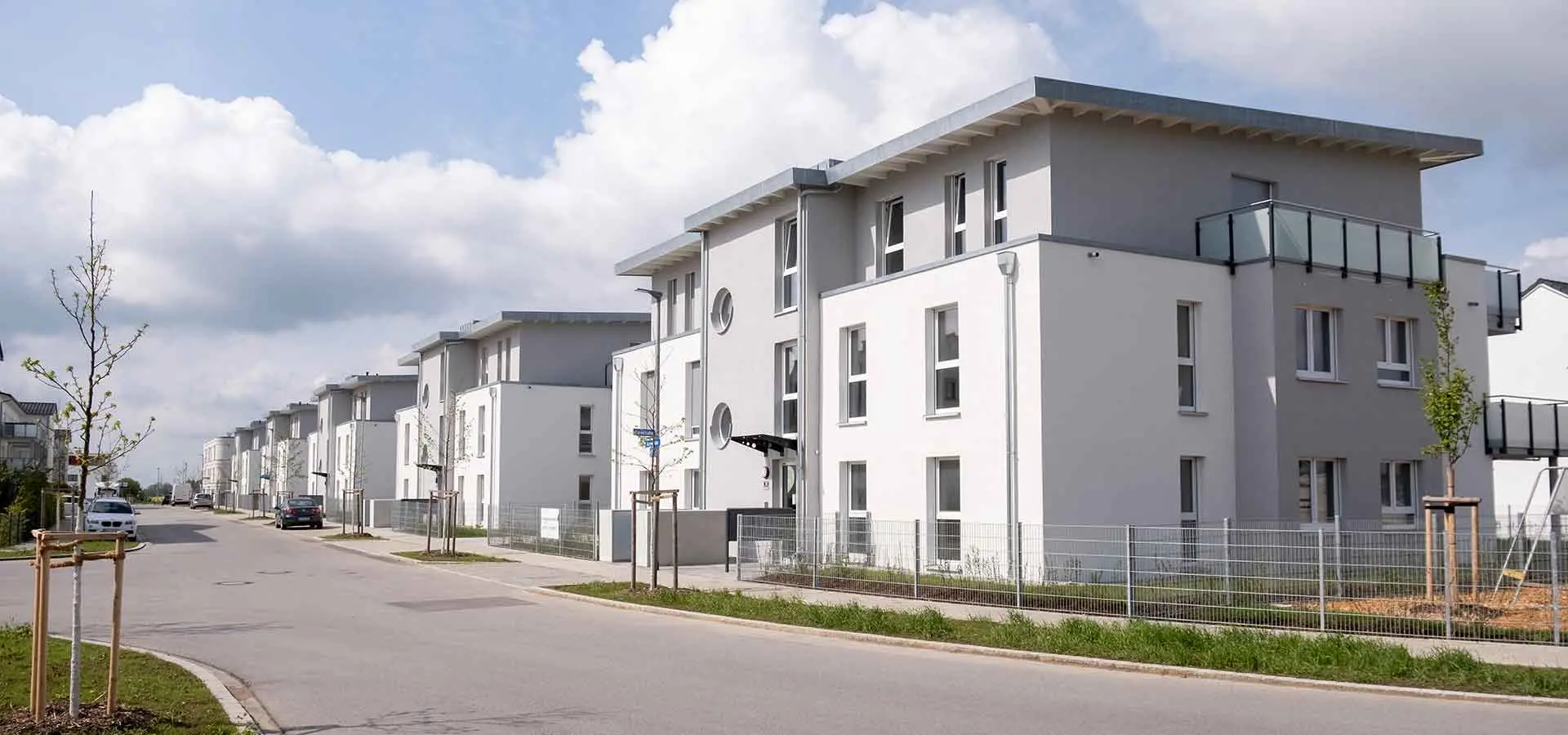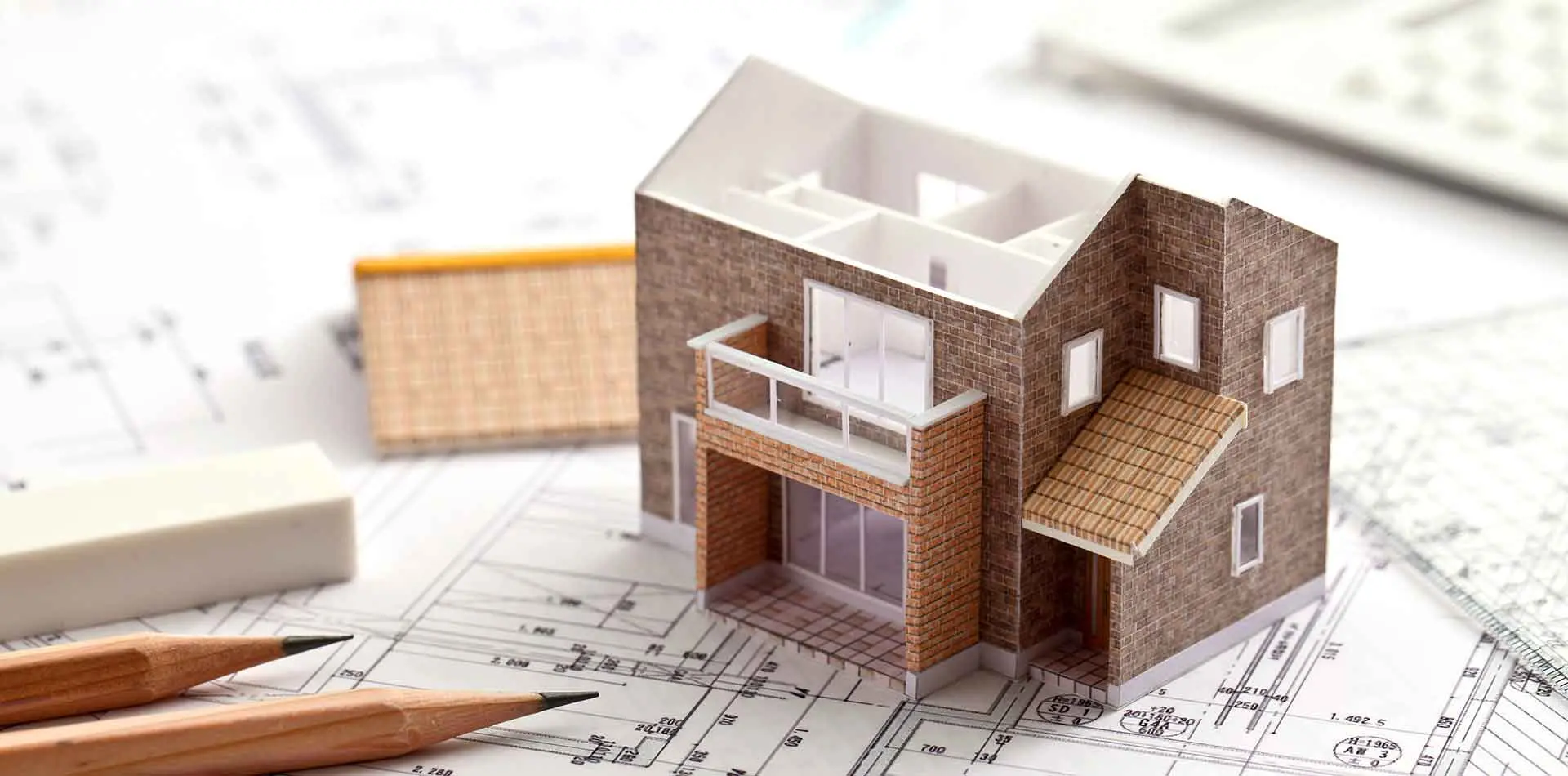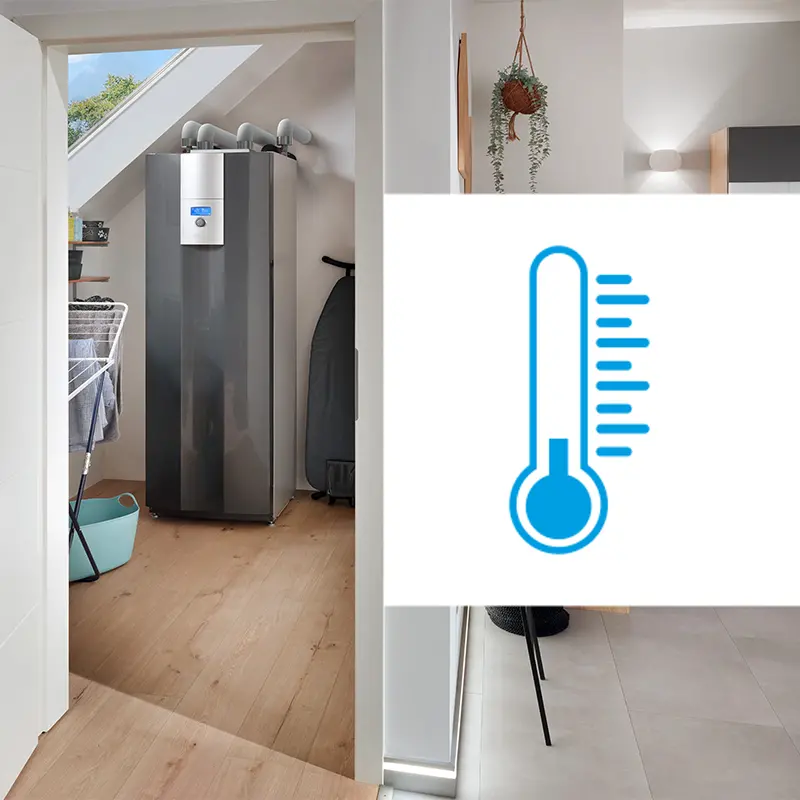Do Heat Pumps Work with Radiators?
The short answer: Yes – in most cases, you can keep your existing radiators. Even though the myth persists that heat pumps in existing homes only work with underfloor heating or other surface heating systems, the reality is different. Even in older buildings, you can usually combine a heat pump with radiators – as proven by our real-life example of a farmhouse built in 1939.
The essentials in 10 seconds
- Even in older buildings, a heat pump can work with existing radiators – if insulation and system design are right.
- Low-temperature radiators are ideal for efficient heat pump operation at low flow temperatures.
- A heat pump investment pays off especially when the system is hydraulically balanced and properly adjusted.
- For efficient heat pump operation in existing buildings, pay attention to insulation standards, heating curve, and radiator size.
Can I Run a Heat Pump with Radiators?
Yes – in most cases, it’s possible. Heat pumps operate most efficiently with low flow temperatures of up to 55°C. For classic radiators to deliver sufficient warmth, the interaction between building insulation, heat-emitting surfaces, and heating technology must be well-balanced.
In a well-insulated home with sufficiently large radiators (for example, panel or flat radiators), an efficient heat pump operation is perfectly feasible without underfloor heating. In many cases, a simple hydraulic balancing of the system is enough to optimise your existing radiators for the new heat source.
FRAUNHOFER INSTITUTE STUDY: HEAT PUMPS ALSO WORK WITH RADIATORS IN EXISTING BUILDINGS
Researchers at the Fraunhofer Institute for Solar Energy Systems, supported by the ait Group, examined whether heat pumps can reliably operate with conventional radiators.
The result is clear: Heat pumps work reliably in existing buildings.
In the multi-year field study, real homes were monitored over several heating seasons. The findings showed that a carefully planned heat pump retrofit is possible without underfloor heating, as long as building condition, radiator size, and system settings are well-matched.
Interestingly, the study revealed that the average maximum flow temperature required for heating in existing buildings was just around 44°C. This means the chances are high that your radiators are suitable for heat pump operation.
CHECKLIST: ARE MY RADIATORS SUITABLE FOR A HEAT PUMP?
In principle, yes – if these conditions are met:
- Flow temperature is ideally below 55°C
- The building is well or adequately insulated
- Large-surface radiators are installed (e.g. panel or flat radiators)
- Radiators are evenly distributed throughout the rooms
- A hydraulic balancing has been performed or is planned
💡 Pro tip: A professional inspection by a qualified heating contractor will give you certainty on whether your system is suitable for efficient heat pump operation.
Which Radiators Are Suitable for Heat Pumps?
Not every radiator can be used effectively with a heat pump. The key factor is how well it works at low flow temperatures (maximum 55°C). The larger the heat-emitting surface and the higher the proportion of radiant heat, the more efficiently it will operate with a heat pump.
| Heat Output | Suitability for Heat Pumps | Reason | |
|---|---|---|---|---|
Panel Radiators | Radiant heat | Highly suitable | Large surface area, high radiant proportion – ideal for heat pumps | |
Surface Radiators | Radiant heat | Highly suitable | Wall, ceiling, or other surface heating with low flow temperature | |
Convectors | Convection | Moderately suitable | Workable, but less efficient due to high air movement | |
Cast Iron Radiators | Convection | Limited suitability | Slow response, high flow temperatures needed – usable only with good insulation | |
Bathroom/Design Radiators | Convection & radiant heat | Barely suitable | Too small surface area, high temperature demand |
💡 Tip: In most cases, panel radiators work perfectly with heat pumps – so you won’t necessarily need to replace all your radiators.
Radiant Heat vs. Convection Heat – What’s the Difference?
Your heating system delivers warmth to the room in two main ways:
- Convection heat occurs when air passes over a warm radiator, heats up, rises, and circulates through the room. This distributes warmth indirectly and can cause temperature layering.
- Radiant heat works differently: it is transferred directly to solid objects (walls, furniture, people) via electromagnetic waves. These surfaces store heat and release it slowly and evenly – without air turbulence.
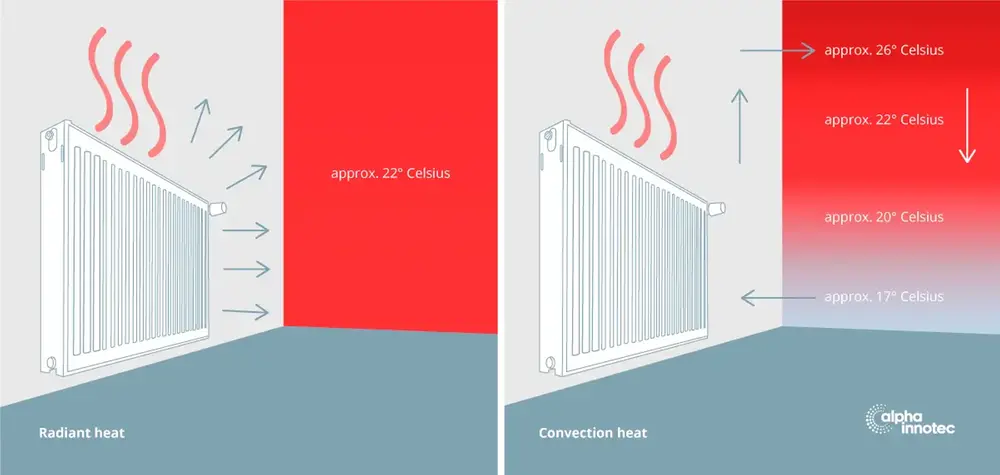
Radiant heat versus convection heat
Heat distribution ratios vary greatly by system:
- Conventional radiators emit up to 90% convection heat.
- Modern wall or ceiling heating systems generate almost exclusively radiant heat – which feels warmer and more comfortable.
- With radiant heating, room temperature can often be lowered by up to 2°C without loss of comfort. Every degree saved reduces energy consumption by roughly 6%.
Heating System | Flow Temperature | Efficiency with Heat Pump | Suitability for Retrofit |
|---|---|---|---|
Underfloor Heating | 30–35 °C | ⭐⭐⭐⭐⭐Very high | Ideal, common in new builds |
Wall/Ceiling Heating | 30–45 °C | ⭐⭐⭐⭐ High | Good retrofit with some effort |
Panel Radiators | 45–55 °C | ⭐⭐⭐ Good | Usually easy to use |
Cast Iron Radiators | > 60 °C | ⭐ Low | Only limited suitability |
Our Recommendation: Low-Temperature Radiators
What is a low-temperature radiator?
A radiator designed to deliver sufficient heat even at low flow temperatures (e.g. 35–45°C).
Low-temperature radiators are specifically engineered to work efficiently at the lower temperatures that heat pumps require. With a particularly large surface area and improved heat distribution, they deliver enough warmth to the room even at 35–45°C. Compared to conventional radiators, they provide a more even and comfortable room temperature while reducing energy consumption.
How can we help you?
Which Heat Pump Works Best with Radiators?
Not every heat pump is equally well-suited for use with classic radiators in existing buildings. The higher the required flow temperature of a property, the more powerful the heat pump system needs to be.
Rule of thumb: The better a heat pump can deliver high flow temperatures at low outdoor temperatures, the more suitable it is for a retrofit with radiators.
Radiators can be operated with both brine-to-water (ground source) heat pumps and high-performance air-to-water heat pumps. Especially for older buildings, heat pumps using a natural refrigerant like propane (R290) are recommended: even at very low outdoor temperatures, they can deliver flow temperatures above 70°C – without the need for an additional electric heating element.
Example: The Hybrox 11/16 air-to-water heat pump can reach a flow temperature of 65°C even at –22°C outside – making it ideal for unrenovated older buildings with traditional radiators.
Why Technology Matters
Modern inverter heat pumps can modulate their output continuously to match the actual heating demand. This ensures highly efficient, steady operation and extends the system’s service life.
Heat Pumps and Radiators: A Comparison
Heat Pump Type | Suitability | Advantages | Limitations | Recommendation |
|---|---|---|---|---|
Air-to-Water Heat Pump (e.g., with R290) | Medium | Flexible installation, comparatively lower cost, easy to install | Limited suitability for buildings with very high heat demand | Ideal for well-insulated homes with panel radiators |
Brine-to-Water Heat Pump (Ground Source) | High | Very efficient, constant source temperature, high seasonal performance factor | Higher installation effort, requires excavation | Perfect for energy-renovated buildings or new builds with radiators |
Hybrid System (Heat Pump + Gas/Oil) | Medium to High | Combines advantages of both systems, highly efficient during transitional seasons | Partial dependency on fossil fuels and associated costs remain | Good choice for phased renovation or buildings with highly variable heat demand |
Which Heat Pump Is Right for My Home?
Case Study: Air-Source Heat Pump in a 1939 Farmhouse
Actions speak louder than words! A charming, lovingly restored farmhouse in Mainleus, Upper Franconia is heated using its existing panel radiators in combination with our Hybrox 16 propane (R290) air-to-water heat pump.
Watch the video to hear the homeowner share her experience first-hand!
Heat Pump with Radiators – How to Maximise Efficiency
For a heat pump to work as efficiently as possible with classic radiators, you need more than just the right technology – system settings and building conditions are equally important. One of the biggest factors influencing electricity consumption is the flow temperature: the lower it is, the more efficiently your heat pump operates. To achieve this, your heating system must be properly adjusted and your building must lose as little heat as possible.
Any energy-saving renovation measures help reduce heat demand and allow the heat pump to operate at peak efficiency. Even replacing individual radiators or getting professional advice from a heating specialist can significantly improve performance.
Equally important: the heat pump should not be oversized. In this case, “more” is not “better” – an oversized system will consume more electricity without providing additional comfort.
Our recommendation: Have the heat pump professionally sized by a qualified installer and ensure a hydraulic balancing is carried out.
Checklist: How to Get the Best Out of Your Heat Pump + Radiators
- Optimise the heating curve
Adjust it to your building and usage habits. This lowers the flow temperature and saves energy. - Use night setback
Properly set night-time temperature reductions lower heating demand without sacrificing comfort. - Use room controls wisely
Position and set thermostats correctly. Not every room needs to be heated equally. - Integrate a buffer tank
Helps the heat pump run more evenly and extends its service life. - Carry out hydraulic balancing
Required for subsidies – and one of the most effective ways to boost efficiency.
Conclusion
A heat pump can work perfectly with standard radiators – provided the system is well-matched and the building is energy-efficiently prepared. Large heat-emitting surfaces and low flow temperatures are the key success factors for effectively combining radiators with a heat pump.


